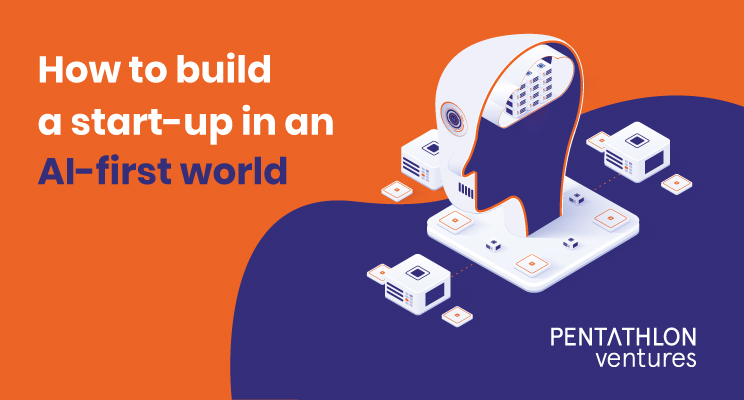We almost called this article “What’s the big deal about AI anyway?”
Why? Surprisingly, it’s not uncommon to meet someone every now and then who feels AI is over-hyped. Our situation is very similar to when the internet arrived, or when the cloud arrived. There were people who said the internet was over-hyped and had doubts about the cloud. But it was only a matter of time before they entered every aspect of our lives. AI will be the same. It’s just a matter of time.
If you’re a product entrepreneur trying to solve problems in healthcare, you need to think how AI can help improve decision making for physicians. If you’re building products for HR, you need to think about applying AI to improve hiring decisions.
That’s the big deal for us. The potential to solve problems even faster, more comprehensively, and more effectively. Product companies that are leveraging AI to solve targeted problems are more exciting than pure-play AI and Machine Learning companies
Don’t have AI? Don’t claim AI.
A lot of start-up founders seem to add AI to their company tagline because they believe it makes the company appear exciting. A large number of the AI start-ups we talk to don’t really have any real AI or Machine Learning when we look ‘under the hood’ to see how the product machinery works.
Building an AI product is not easy. Even if you do, remember that AI is just a ‘technology enabler’ and needs to significantly outperform humans and other software. That’s a tough achievement.
If you use AI as a marketing ploy, it will just work against you eventually. A product that lives up to its claims always has a better chance of success.
What makes it hard?
1 – Data.
You need lots of high-quality data. The more you have, better you can train your AI models to deliver deeper and more accurate insights. Data, specially tagged data, isn’t always easy to come by. Specially in sensitive domains like healthcare, legal, and finance. You need to have a clear idea how you’ll source data, and how you plan to leverage transfer-learning to get around data crunches.
2 – Talent.
It’s getting easier to source tech talent and AI expertise, but it’s still no walk in the park. Having a plan in place for the talent will make a difference as the battle for AI expertise develops into a war.
3 – Domain knowledge.
In the end, you’re still trying to achieve product-market fit. It’s easy to get caught up in the sexiness of AI and forget that at the end of the day we’re enabling real businesses and real people. Not only do you need to understand the technical aspects but also how the solution will fit in the processes and practices used in the targeted domain.
What makes a winner?
1 – A powerful technology should be used in powerful ways.
As with any successful product, it’s better to find applications of AI that solve high-value problems instead of building something ‘good-to-have’. Solve problems that haven’t been solved yet, or solve them at a much higher scale. This is especially true when it comes to enterprise SaaS. CIOs won’t adopt another product just because it’s AI, unless it presents serious gains over their current situation.
2 – Make AI easier to adopt.
Most AI systems will require a continuous flow of data for decision making and fine tuning the model. This cannot be done manually and will require integration with various other systems that are generating the data. This data might even need to be cleansed to be usable in your AI model. All this can make adoption, especially the trials difficult. Getting around this issue through tools and ready to use integrations is a winning move.
Another aspect that helps in easier adoption is to make your AI systems ‘explainable’, so that people can understand them easily.
3 – Practice ‘responsible AI’.
Decisions can be life-changing, and that doesn’t change when those decisions are automated. If you’re building enterprise applications in sensitive industries like finance, pharma, or healthcare, the bar for reliability and accuracy is very high even at the MVP stage.
4 – Find the right kind of capital.
The product development cycle for an AI product is not the same as a regular product. An investor who understands this will also understand the significance of your development milestones. Finding the right capital is definitely a winning move if you’re AI-first.
